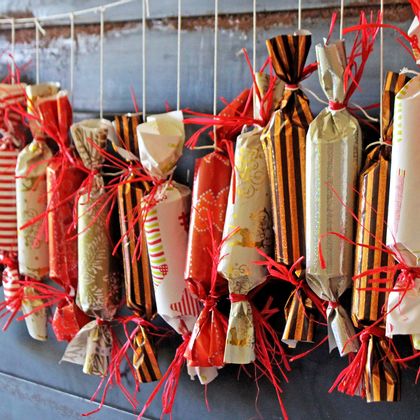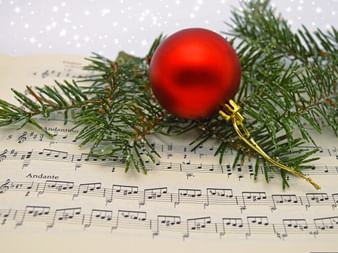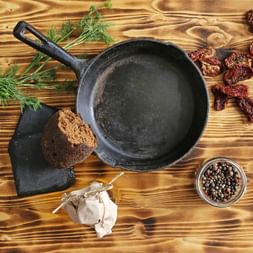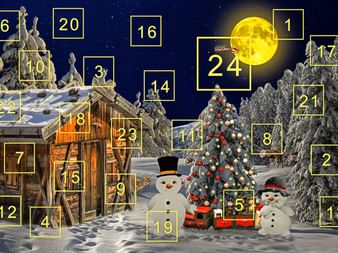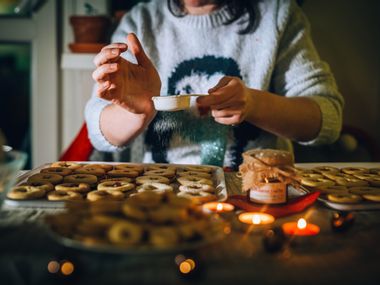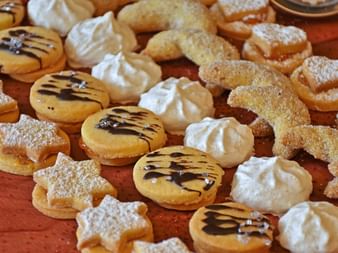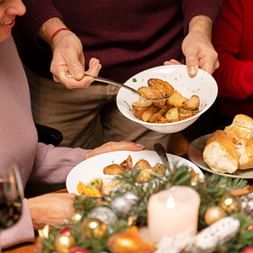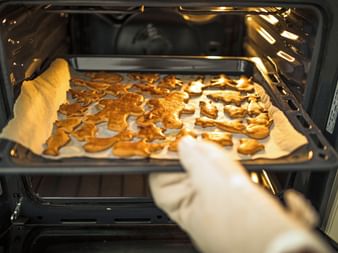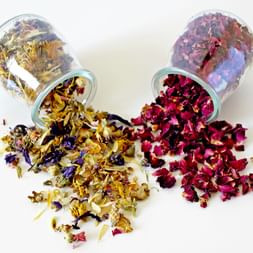Every year we look forward to this special time of the year – the Advent season. No other time of the year is filled with such a variety of traditions and Christmas customs that have developed over many centuries and are still cultivated year after year. Whether it is singing Christmas carols, opening doors of the Advent calendar, burning incense in the twelve nights between Christmas Eve and Epiphany, baking delicious biscuits or traditionally decorating the Christmas tree – the Christmas season is made even more festive with these characteristic customs.
Today we present some of the most beauitful Christmas traditions, tell you where they came from and how they are still practiced today. Perhaps there will also be one or the other tradition to be rediscovered, which will ensure even more Christmas spirit and brighten children’s eyes!

